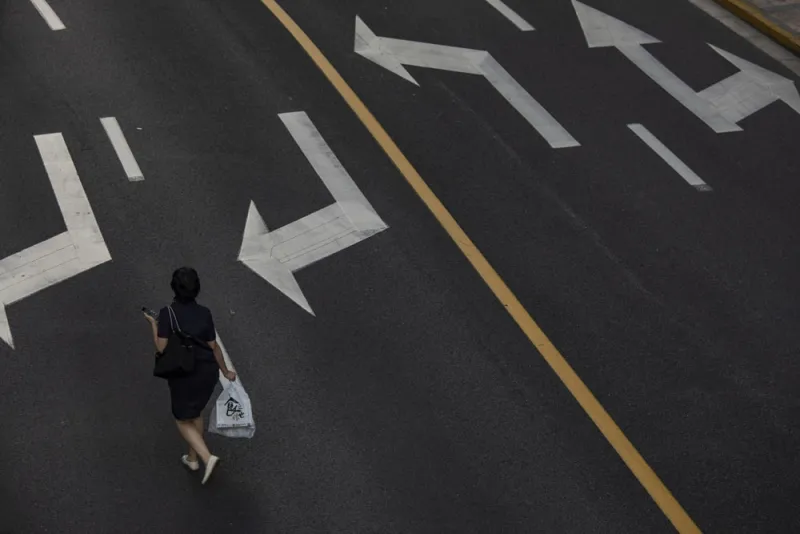Last year was a strong one for private equity funds globally, but China and Japan funds delivered almost double the returns of U.S. funds in 2020. According to an eFront Insight research report published this week, which also measured the risk-return profiles of different regions, Japan funds returned 38.3 percent, China funds, 34.4 percent, while U.S. funds returned 21.7 percent. Other country funds also beat those in the U.S., including Finland (32.2 percent returns), Sweden (28.9 percent), Canada (26.1 percent) and Germany (23.3 percent).
Looked at by region, Eastern Asia generated the highest annual returns — 31.6 percent in 2020, followed by Asia Pacific at 26.5 percent. North American private equity funds generated an average return of 21.8 percent, aligning the region with the global average. Europe and the Middle East came in last, with returns of 20.8 percent and 14.9 percent, respectively. Returns are all gross of fees.
Although U.S. private equity was trounced by Japan, China, and some European countries, the U.S. market is still benefitting from record-breaking fundraising levels, according to PwC’s PE deals midyear outlook. In fact, U.S. PE firms, which are intensely competing for deals and generating relatively lower returns, are moving into other alternatives, including credit for insurance asset management.
For asset owners, Eastern Asia, Southeast Asia, and Northern Europe offer the most lucrative risk-return profiles. In 2020, Eastern Asia — China and Japan — generated the highest weighted average money on invested capital (MOIC) — a ratio of the current valuation of a portfolio deal and the total capital invested in the deal — out of all of the regions.
Japan offered more risk protection to investors than China funds. “Japan is the leader in performance, scoring 2.07x, with fewer extreme cases than China, resulting in a much lower standard deviation and the most favorable risk-return profile among all the national markets,” the eFront report said.
EFront analyzes performance and deal activity across regions and sectors at the portfolio company level using information submitted by general partners and validated by its platform.
According to new estimates from Preqin, internal rates of return for North American funds in 2020 are 16.1 percent. In contrast, Europe’s will be 16.8 percent and Asia’s, 22.6 percent. Preqin attributes the performance gap to venture capital.
“Venture capital globally has done very well since the pandemic, and, in Asia, venture capital makes up a higher portion of the total private capital market,” Cameron Joyce, Preqin’s vice president of research insights, told Institutional Investor.
In addition to the asset class being on track for a record-breaking year in deals, exit activity, and fundraising, the number of global private capital funds closed has increased over the past ten years. In 2010, there were 1,469 closed funds globally. In 2020, Preqin recorded 2,735 funds. In North America, fund numbers rose from 560 in 2010 to 1,376 by 2020.
Joyce also noted the presence of an investor shift away from larger regional funds into more narrowly-focused country and sector funds.
“We are seeing investors become more granular in the way that they gain exposure,” Joyce said. “While funds or property remain the most popular way of gaining exposure to the asset class, there's an increasing trend toward co-investment and direct investing as well.”
But, according to the PwC report, the next half of 2021 will see an influx of startup funds.
“We are seeing an increase in new funds being set up by experienced PE professionals from already established funds, resulting in high levels of deployable capital,” the PwC report said.







